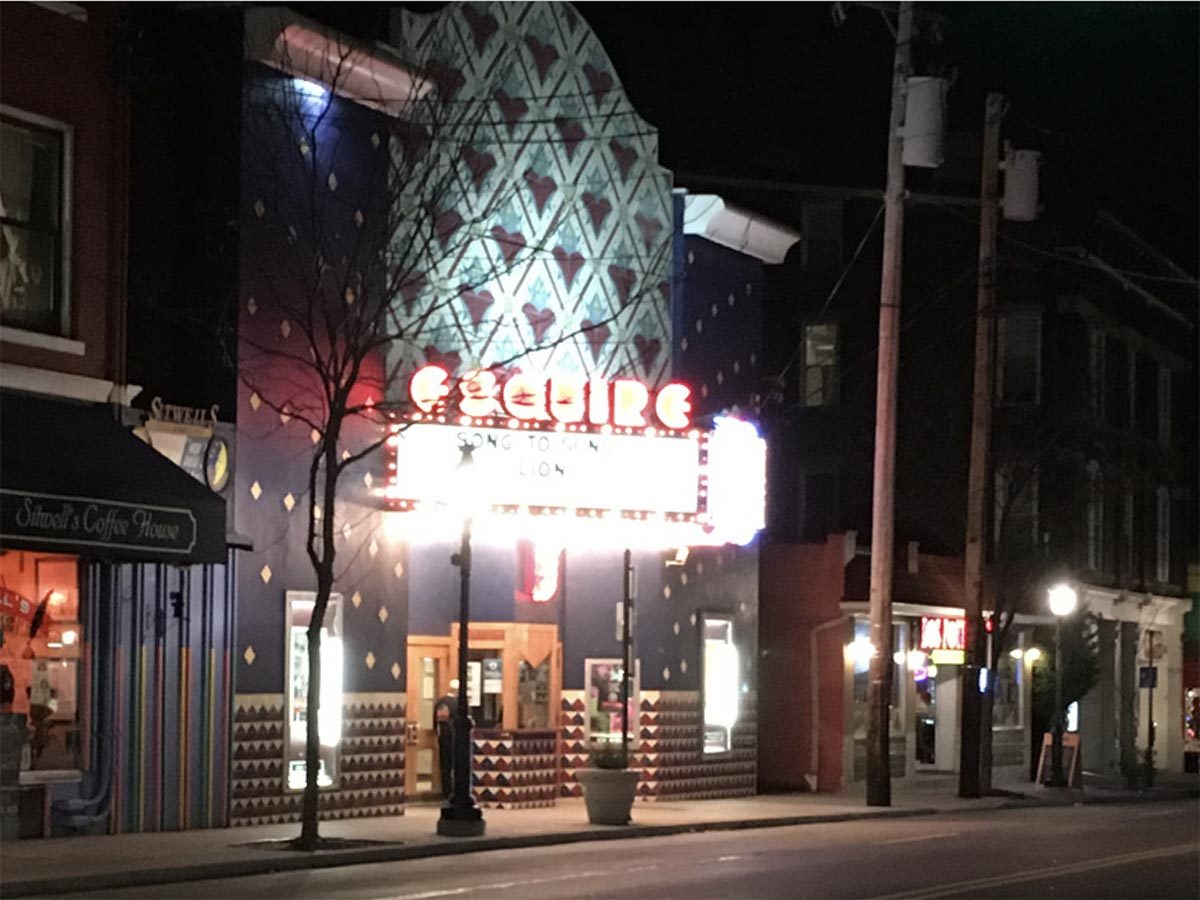Yi-Fan Chen
Assistant Professor of Interaction Design
Farmingdale State College
Jerald Belich
Assistant Professor
Armstrong Institute for Interactive Media Studies
Miami University
Yashodhan Mandke
User Experience Consultant
Fusion Alliance
This design research project began with an investigation of the affordances of a local theatre and an escape room in Ohio to seek for opportunities of under-utilized space design. The participation observations were conducted and found that people, community, content, and environment made positive user experience and increase the users’ loyalty to the spaces. When people co-create a meaning of the spaces, they are likely to make the spaces “their own” and bring their social networks to the spaces.
Kenneth Burke’s Dramatism provides this project with a theoretical framework for the design process. Dramatism analyzes human relationships and has been applied to a broader range of cultural productions. Design researchers and scholars are seeking opportunities to apply Dramatistic Approach to analyze and create designs. For examples, Sadler and Bellew (2009) propose to utilize Burke’s perspectives to analyze and understand a usability situation of design whereas Bowie (2015) proposes to employ Dramatism to examine design products, processes, and discourses. Moreover, Bemer (2010) utilizes Dramatism to design a computer lab for an English Department. According to Burke (1945, 1950, 1968), just as in any plays, the acts in life are keys to revealing human motives. Dramatism provides researchers a method to examine the relationship among human, text, and environments.
A prototype was created by combining empirical research findings and Burke’s (1945) pentad, including act, agent, agency, scene, and purpose, to build positive user experience and increase the users’ loyalty to the spaces. The space design includes three phases, before during and exiting the space. Each phase tells stories that focus on how users see, touch, hear, smell, and feel. Additionally, the design is hoping to change the under-utilized space into a new community space. The users could make the space to their own and revisit the space often with their social networks.
References
Bemer, A. N. M. (2010). The rhetoric of space in the design of academic writing locations. (Unpublished doctoral dissertation). Utah State University, Logan, Utah. Retrieved from https://digitalcommons.usu.edu/etd/752
Bowie, A. (2015, April 22-24). Exploring the rhetorical orientations of design trends: A Kenneth Burkean approach. In L. Valentine, B. B. de Mozota, J. Nelson, S. Merter, and P. Atkinson (Eds.), Proceedings of the 11th International European Academy of Design Conference. “The Value of Design Research”, Sheffield: Sheffield Hallam University, UK. Retrieved from https://ead.yasar.edu.tr/conferences/ead-11-france-2015/11th-ead-proceedings/?csrt=9122487017854515442
Sadler, V., & Bellew, K. (2009, July). Introducing rhetoric into usability: Applying Burke’s pentad. In 2009 IEEE International Professional Communication Conference (pp. 1-5). IEEE.
This research was presented at the Design Incubation Colloquium 6.1: Quinnipiac University on October 5, 2019.
